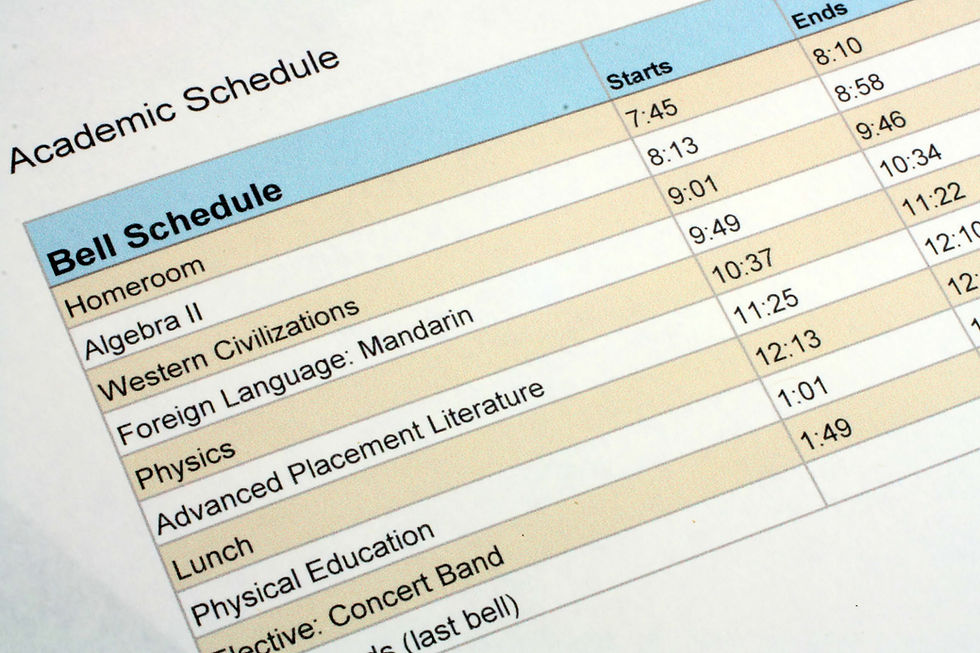Reduce Your College Debt Through Early College Credit!
- CPC Team

- Nov 15, 2017
- 2 min read
Updated: May 25, 2021

Some college students learned the secret of early college credit and harnessed its power to knock off a semester or even a year of college costs. Want to discover this secret? Thankfully, you don’t have to dig too deep; early college credit is available in several ways and all can be accomplished while your student is still in high school. And the best part is that the cost savings can be HUGE!
Advanced Placement
High schools offer AP classes in a variety of areas and by taking them, students can challenge themselves through this rigorous program and then sit for an exam at the end of the class to earn college credit. Exam fees are usually less than $100. Scores range from one-five with five being the highest. Most colleges start to award college credit starting at a three and in some cases, earning a four or five can award credit for several classes. Side note – If your student has completed AP exams and has earned mostly “threes”, you may want to check out the colleges that accept a three and make this a part of your college selection process. Don’t walk away from “free” college credits.
College Level Examination Program
The CLEP is offered through the College Board (the same entity that offers the AP test) and currently has thirty-six subject areas. Students can sit for the exam and if they achieve the requisite score – usually at least a 50-60 out of a possible score of 80 – they can earn college credit. Exam fees are about $85 and are offered through most colleges; a great option if your student is strong in certain subject areas!
Dual Enrollment
DE means that your student is enrolled in college while they are still enrolled in high school. Classes are offered in a number of formats:
Dedicated, offered within the high school but taught by a college professor
On site, face to face classes at the local college
Online, (you get the drift on this one)
Hybrid, a combination of face-to-face and online.
Most high schools will allow students in good standing to participate in DE and some counties have grants to cover the costs of DE (meaning they take classes for FREE). The best way to harness this pathway is to find general education classes that will have the highest probability of transferring fluidly into the majority of colleges (English, math, fine arts, etc.). Note that not all colleges accept these credits so your mileage might vary. In some cases, a DE class can satisfy a high school graduation requirement at the same time it earns college credit.
It is worth your time (and the savings in your wallet) to check out these options! Your student benefits by finishing college faster and learning the crucial skills to be a successful college student.









Comments